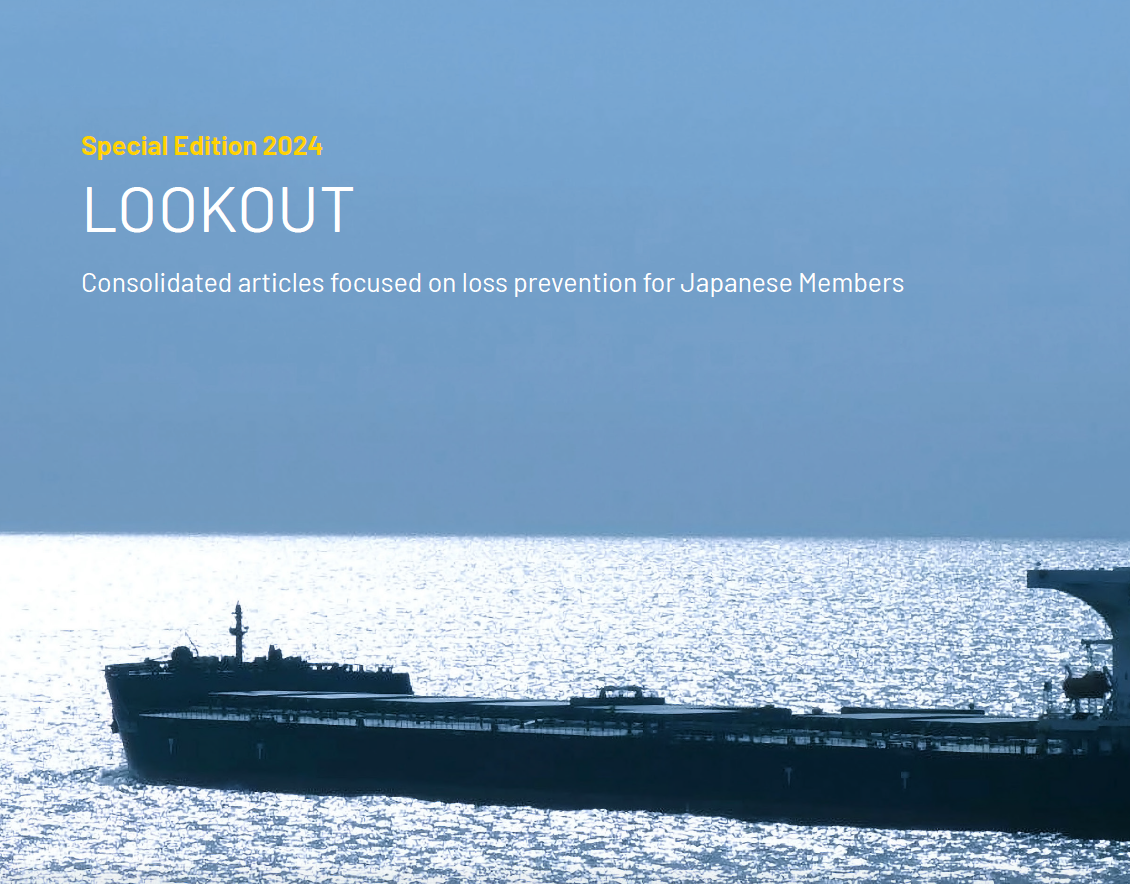
Defective passage plan can make a vessel unseaworthy
The first instance decision of this case was reported in our QCRs Summer 2019. The owners appealed the High Court judge’s decision arguing that:
(1) the judge had failed properly to distinguish between matters of navigation and unseaworthiness, and had erred in holding that a one-off defective passage plan could render the vessel unseaworthy for the purposes of Article III rule 1 of the Hague Rules; and
(2) that actions of the master and crew carried out qua navigator could not be treated as attempted performance by the carrier to exercise due diligence to make the vessel seaworthy under Article III, rule 1.
The Court of Appeal’s decision is now reported below.
Judgment
Owners’ appeal was dismissed.
On the first ground of appeal, the court disputed the owners’ argument that because the preparation of a passage plan could be said to be an act of navigation involving an exercise of judgment and seamanship, it fell within the exception in Article IV, rule 2(a), and so a defect in the plan could not constitute unseaworthiness. The court held that having a defective passage plan was capable of being an “attribute” of the vessel rendering her unseaworthy under Article III rule 1 of the Hague or Hague-Visby Rules.
A vessel may be rendered unseaworthy by negligence in the navigation or management of the vessel and the obligation to exercise due diligence to make the vessel seaworthy was an overriding obligation. Failing to exercise due diligence to produce a non-defective passage plan will deprive the shipowners of the negligent navigation exception under Article IV rule 2(a). There was a clear distinction between unseaworthiness before and at the commencement of the voyage for which owners were responsible and to which the Article IV, rule 2 exceptions did not apply, and what occurred during the voyage, where the exceptions did apply and qualified the obligation under Article III, rule 2.
The court declined to accept the distinction proposed by owners between charts which were defective because they were not updated or corrected and charts which were defective because they did not record the necessary warning in a notice to mariners, calling such a distinction unprincipled and artificial. If the chart was defective and unsafe, the vessel would be unseaworthy. A properly prepared passage plan was an essential document which the vessel must carry at the beginning of any voyage and the absence of such a document, as is the case with any other essential document, would render a vessel unseaworthy.
On the second ground of appeal, the obligation of the owners to exercise due diligence under Article III rule 1 to make the vessel seaworthy was a non-delegable responsibility. Once the owners have assumed responsibility for the cargo as carriers, all the acts of the master and crew in preparing the vessel for the voyage were performed qua carrier, even if they were acts of navigation before and at the commencement of the voyage. If the vessel was not seaworthy, for whatever reason, there was a danger that the cargo would not be carried safely to its destination.
Comments
The Court of Appeal has now confirmed the High Court’s finding that that an appropriate passage plan is a matter of seaworthiness under Article III rule 1 of the Hague or Hague-Visby Rules. Failing to exercise due diligence to produce a non-defective passage plan will deprive the owners of the negligent navigation exception under Article IV rule 2(a), if the defect is causative. The burden of proving that the defects in the passage plan are causative of such casualty however lies with cargo interests or charterers and the same may not be easy to overcome.




